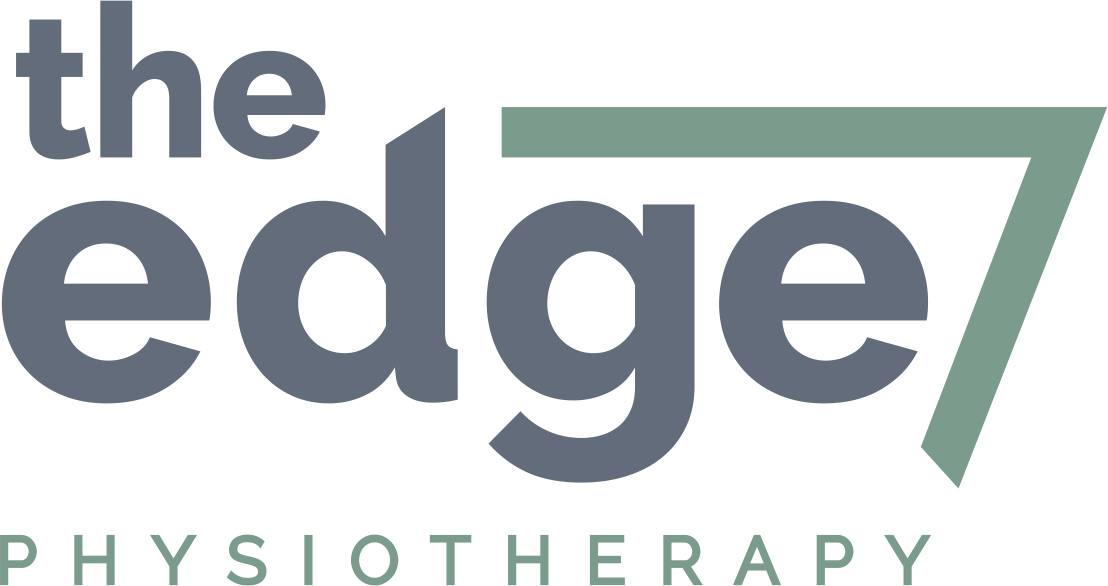Taping
A physio has many tools in their toolkit to manage conditions and injuries. One very distinctive tool that a physio will use is taping. There are different types of course and depending on what you are trying to achieve will tell you which type of tape to use. A practical therapist will in fact design their own taping techniques based on their clinical experience, knowledge of anatomy and biomechanics, and as always it must be patient specific. One form of taping that has become very popular in the most recent decade is kinesiotaping. Now I don’t profess to know the ins and outs of k-taping, rather I have cherry-picked (if you will) what I have found useful from this form of taping and implemented what I feel is helpful in practice.
So what is k-taping? most commonly used in the sporting population, it is a form of taping that is intended for pain management, enhanced healing, oedema management (see image below for jelly fish taping technique) and to improve lymphatic drainage and blood flow. For my purposes I have used it for oedema management, proprioceptive training, muscle facilitation, to aid the reduction in muscle fatigue and management delayed onset muscle soreness. We lay the stretchy tape over the affected area, and create tension points and achors against or with muscles to create the effect we’re after.
My favourite applications in practice are for conditions such as tennis elbow, shoulder derangement, postural issues, thoracic outlet syndrome, hyper mobility, neck pain, upper limb neuropathies, wry neck, low back pain, gluteal muscle facilitation, groin strains, calf injuries and post ankle sprain return to sport.
Taping isn’t for everyone and while these tapes are designed to avoid irritating the skin (latex free) they must be applied with the right tension to avoid friction burns or irritating conditions. It is a bit of trial and error so be patient with your engagement with this form of therapy.
Sam and Andy

